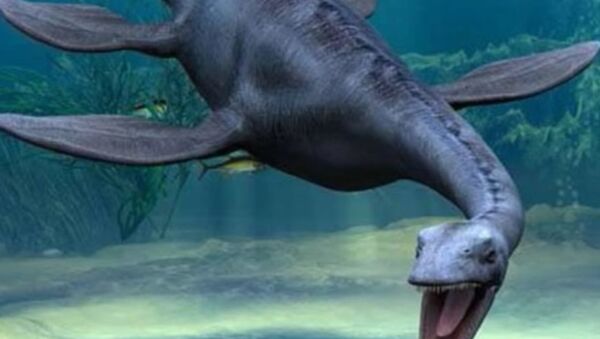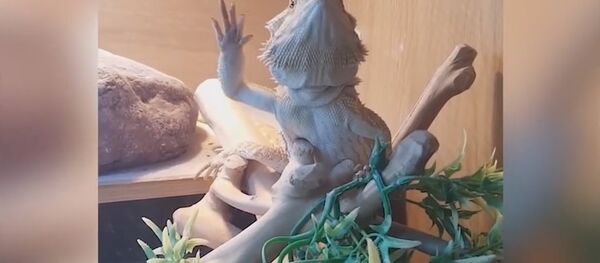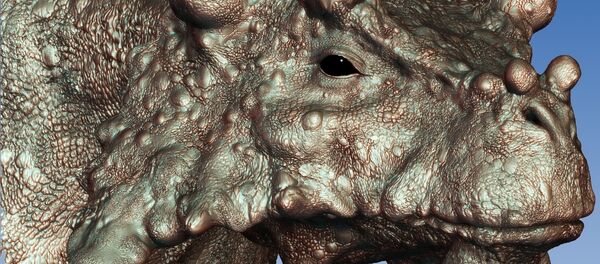However, the skeleton found in the mountains of Montana has surprised scientists as it had only 40 vertebrae in its neck, Patrick Druckenmiller from the University of Alaska in Fairbanks, USA, noted.
Scientists said that the remains of the creature found by David Bradt were largely intact and gave them a good opportunity to make new findings.
According to the article published by Druckenmiller and his team, the found specimen "exhibits a reduced neck length compared with other North American elasmosaurids, resulting from a reduction in both centrum length and number of cervical vertebrae (39-42 were originally present)."
This contradicts with the previous understanding of their evolution. Previously, scientists believed that the ancestors of this "Loch Ness monster" had a short neck, which gradually became longer as elasmosaurs and their relatives among plesiosaurs adapted to the changing environment.
However, this discovery has shown that their evolution could have actually taken place in different ways depending on the conditions of their habitat.



